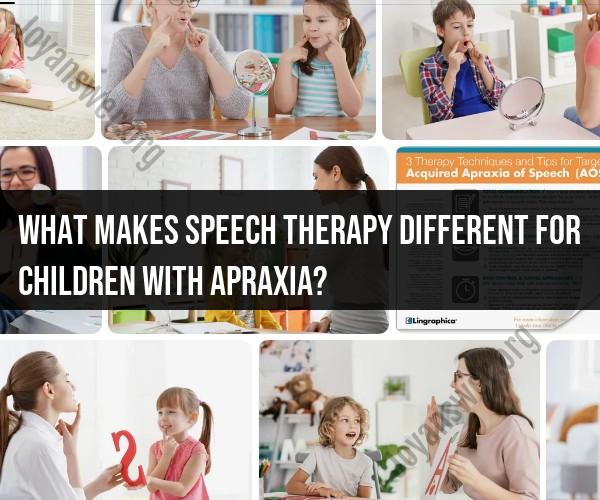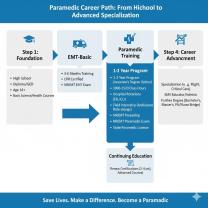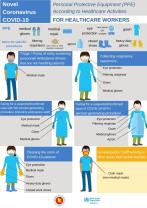What makes speech therapy different for children with apraxia?
Speech therapy for children with apraxia of speech (CAS), a motor speech disorder, is specialized and tailored to address the unique challenges associated with this condition. Apraxia of speech is characterized by difficulty planning and coordinating the precise movements required for speech. Here are some of the key considerations that make speech therapy for children with apraxia different:
Intensive and Individualized Treatment: Children with CAS often require more intensive and individualized therapy. The treatment plan is highly personalized to address the specific needs and abilities of the child. Frequent therapy sessions are typically recommended.
Motor Planning and Execution: CAS therapy focuses on the motor planning and execution of speech sounds. The therapist helps the child learn how to move their articulatory muscles in a coordinated manner to produce clear and accurate speech.
Repetition and Practice: Children with CAS may need a significant amount of repetition and practice to develop the motor patterns necessary for speech. Therapy often involves multiple repetitions of sounds, syllables, and words.
Multisensory Approach: Therapists may use a multisensory approach, incorporating visual, auditory, and tactile cues to help children better understand and produce speech sounds.
Use of Augmentative and Alternative Communication (AAC): In some cases, children with severe CAS may use augmentative and alternative communication devices, such as communication boards or speech-generating devices, to support their communication while working on speech production.
Parent Involvement: Parents play a vital role in the therapy process. They often work closely with the speech therapist to reinforce strategies and exercises at home. Consistency between therapy sessions and home practice is crucial for progress.
Dynamic Assessment: Therapists use dynamic assessment techniques to continually assess the child's abilities and adjust the therapy plan as needed. This allows for flexibility and adaptation to the child's changing needs.
Functional Communication: The ultimate goal of therapy is to help children with CAS achieve functional communication. This includes working on the child's ability to convey their needs, wants, and thoughts effectively in real-life situations.
Speech Sound Sequencing: CAS therapy places a strong emphasis on speech sound sequencing and sequencing exercises. Children learn how to put sounds together in the correct order to form words and sentences.
Motor-Speech Drill: Drill work is often a component of CAS therapy. This involves repeated practice of speech sounds, syllables, and words to build motor patterns for clear speech.
Progress Monitoring: Speech therapists closely monitor the child's progress, making adjustments to the therapy plan as necessary to ensure continued improvement.
Articulation and Phonological Therapy: In addition to motor planning, speech therapy for CAS often includes elements of articulation therapy and phonological therapy to address specific speech sound errors.
It's important to remember that progress in CAS therapy can be gradual, and each child's journey is unique. Patience, consistency, and ongoing communication between the therapist, child, and parents are essential for success. Early intervention and continued support are key factors in helping children with apraxia of speech develop their communication skills.
Speech Therapy for Children with Apraxia: Key Differences
Speech therapy for children with apraxia of speech (CAS) differs from speech therapy for children with other speech disorders in several key ways:
- Focus on the motor plan: CAS is a motor planning disorder, so speech therapy for children with CAS focuses on helping them to learn and practice the motor plans needed to produce speech sounds.
- Intensity: Children with CAS often need more intensive speech therapy than children with other speech disorders. This is because they need more time and practice to learn new motor plans.
- Multisensory approach: Speech therapy for CAS often uses a multisensory approach, which means that it incorporates multiple senses (e.g., visual, auditory, tactile) into the therapy process. This helps children with CAS to better learn and retain the motor plans for speech sounds.
Understanding Childhood Apraxia of Speech and Its Challenges
Childhood apraxia of speech (CAS) is a motor planning disorder that affects a child's ability to produce speech sounds. Children with CAS have difficulty coordinating the movements of their tongue, lips, and jaw needed to produce speech.
CAS can cause a variety of speech problems, including:
- Difficulty producing individual speech sounds
- Difficulty producing speech sounds in combination
- Difficulty producing words and phrases
- Difficulty speaking fluently
CAS can also cause other communication problems, such as:
- Difficulty understanding speech
- Difficulty using gestures and facial expressions to communicate
Tailoring Speech Therapy for Children with Apraxia
Speech therapy for children with CAS is tailored to the individual child's needs. The speech therapist will assess the child's speech skills and develop a therapy plan that addresses the child's specific needs.
Therapy goals may include:
- Helping the child to learn the motor plans needed to produce speech sounds
- Helping the child to improve their speech fluency
- Helping the child to improve their communication skills
The speech therapist will use a variety of therapy methods, such as:
- Modeling the correct speech sounds
- Providing feedback on the child's speech production
- Using visual, auditory, and tactile cues to help the child learn and practice motor plans
- Practicing words and phrases
Parental Involvement and Support in Apraxia Speech Therapy
Parental involvement and support is essential for the success of speech therapy for children with CAS. Parents can help their child by:
- Practicing speech therapy exercises at home
- Creating a supportive and encouraging environment for their child
- Advocating for their child's needs
- Working with the speech therapist to develop a therapy plan that meets their child's individual needs
Success Stories and Progress in Apraxia Speech Therapy
With early intervention and intensive speech therapy, most children with CAS can make significant progress in their speech skills. Some children with CAS may eventually achieve normal speech, while others may continue to have some speech difficulties. However, even children with residual speech difficulties can learn to communicate effectively using a variety of strategies.
Here is a success story from a parent of a child with CAS:
"My son was diagnosed with CAS at the age of 3. He had very limited speech and was very frustrated. We started speech therapy right away, and he made significant progress. Within a year, he was able to say most of the consonant sounds and was starting to produce simple words and phrases. By the time he started kindergarten, he was able to communicate effectively with his peers and teachers. He is now in second grade, and his speech is almost completely normal. We are so grateful for the early intervention and support that our son received."
If you are concerned that your child may have CAS, it is important to talk to your pediatrician or a speech therapist. Early intervention can make a big difference in the outcome of speech therapy for children with CAS.












